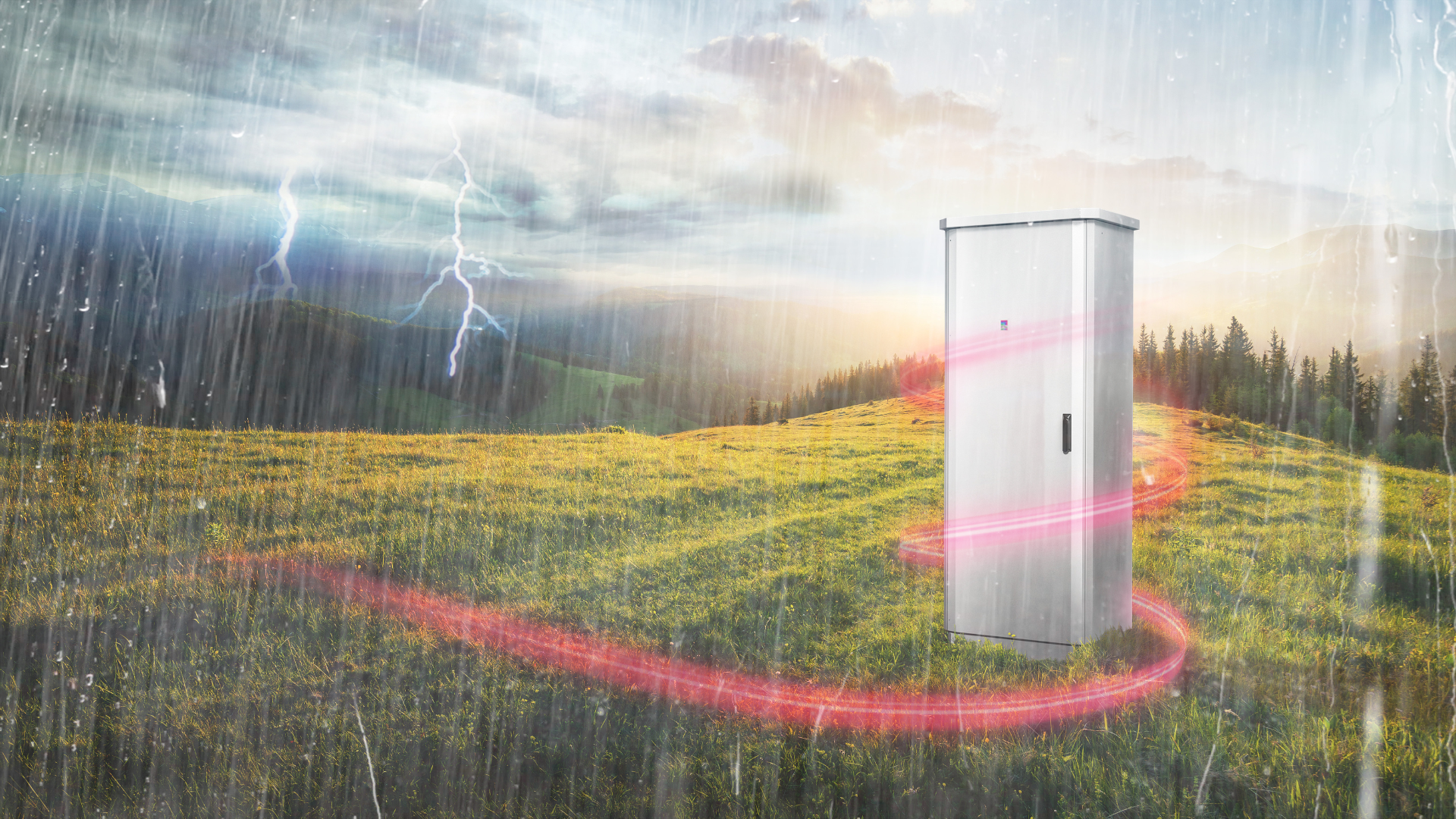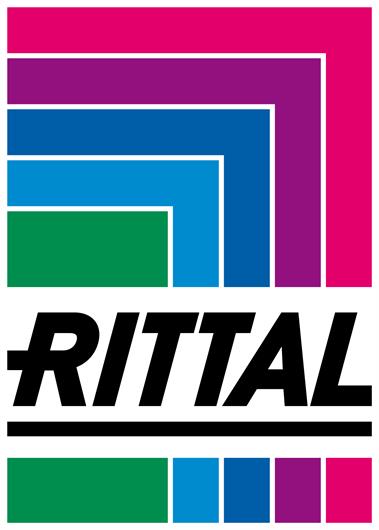 Add My Company
Add My Company


When setting up switchgear, distribution or control cabinets outside, it is crucial to carefully consider protection against environmental factors and weather conditions. The IP protection class standard determines the degree of protection, with higher classes indicating better suitability for outdoor applications.
However, assuming that a high IP protection class guarantees optimal protection against water damage may not always be accurate. Since outdoor installations must function correctly despite varying environmental conditions, let's delve deeper into the role of IP protection class for outdoor enclosures in this blog post.
Understanding a Watertight Outdoor Cabinet
When you search for the meaning of "watertight," you'll find it described as being impermeable to water and guaranteeing waterproofing. However, in terms of IP protection, the water-tightness of an outdoor cabinet is a bit more complex. This is because the IP protection class defines different levels of protection against water, such as protection against spray water, splash water, (powerful) water jets, and high-pressure or high-temperature water jets. Nevertheless, regardless of the water type or direction, the goal remains the same: the water should not have any detrimental effects on the cabinet.
The IP protection class also takes into account the duration and amount of water exposure. However, when determining the IP protection class, the specific circumstances of the cabinet's installation and the type of installation it is meant to protect are not considered.
If we revisit the definition of "watertight" (i.e., impermeable to water), one might assume that a higher IP protection class is always better. However, that's not always the case. In an outdoor setup, a high IP protection class can create issues with condensation water. In this scenario, the outer box is watertight from the outside but not from the inside.
Waterproofing an outdoor cabinet requires considering the influence of sun, rain, wind, driving snow, or a combination of these factors. A proper design takes these aspects into account and provides protection against the phenomena and test situations mentioned earlier. However, it's essential not to overlook condensation. Including condensation in the requirements for a reliable outdoor cabinet is vital. These requirements are objectively defined in the IEC 60529 standard.
The Importance of Dust Tightness for Outdoor Cabinets
When it comes to outdoor cabinets, ensuring protection against dust is of utmost importance. Dustproofing refers to the ability to shield the cabinet from material particles such as sand, pollen, brake dust, and fine dust of a specific size. The IP6X protection class designates a cabinet as dust-tight, meaning no dust can penetrate even under a pressure of 20mbar. This stringent requirement ensures that no visible dust is present inside the cabinet, necessitating a completely sealed construction.
The IEC 60529 standard introduces a slightly different definition for the IP5X protection class regarding dust tightness. According to this class, a cabinet is considered dust-tight if no quantity of dust can enter that would impair the functioning of the installation or compromise safety, regardless of under pressure.
In addition to dust resistance, the IP protection class also addresses protection against contact. This is crucial not only to safeguard the equipment but also to ensure the safety of personnel working inside the cabinet. Since outdoor cabinets house electrotechnical components, appropriate measures must be taken to prevent accidents. The intrusion of foreign objects, such as those with diameters of 1.0, 2.5, 12.5, or 50 mm (corresponding to IP protection classes IP1X to IP4X), must be prevented, which is considered during the cabinet's construction. Consequently, it is the responsibility of the installer to adhere to these guidelines when assembling and disassembling the outdoor cabinet.
The Interplay Between Dust and Water
While dust and water are discussed separately, they are closely intertwined within the IP protection class. The IP protection class comprises two key figures: the first code indicates the level of protection against contact and the ingress of foreign particles, while the second code represents the level of protection against water.
For outdoor use, the IP55 protection class is commonly employed. This signifies that some dust and water may penetrate the cabinet, but within permissible limits that do not adversely affect its functionality and safety. In contrast, cabinets with the higher IP6X protection classes like IP66, IP69, or IPX9 must prevent any dust from entering. These cabinets feature a completely sealed construction, differing from those classified as IP55.
Environmental conditions
As mentioned, different circumstances play a role in an outdoor installation than with an indoor installation. Especially when you compare it with a conditioned indoor setup. For outdoor installation, the local environmental conditions must always be taken into account.
Free eBook!
Are you curious about what else you should pay attention to when selecting the right outdoor housing? In this e-book, we explain what you should pay attention to when choosing an outdoor enclosure to minimise problems and costs in terms of the maintenance of the cabinet in the long term.
For more information on Is an IP Protection Class Necessary for Your Outdoor Cabinet? talk to Rittal Ltd

